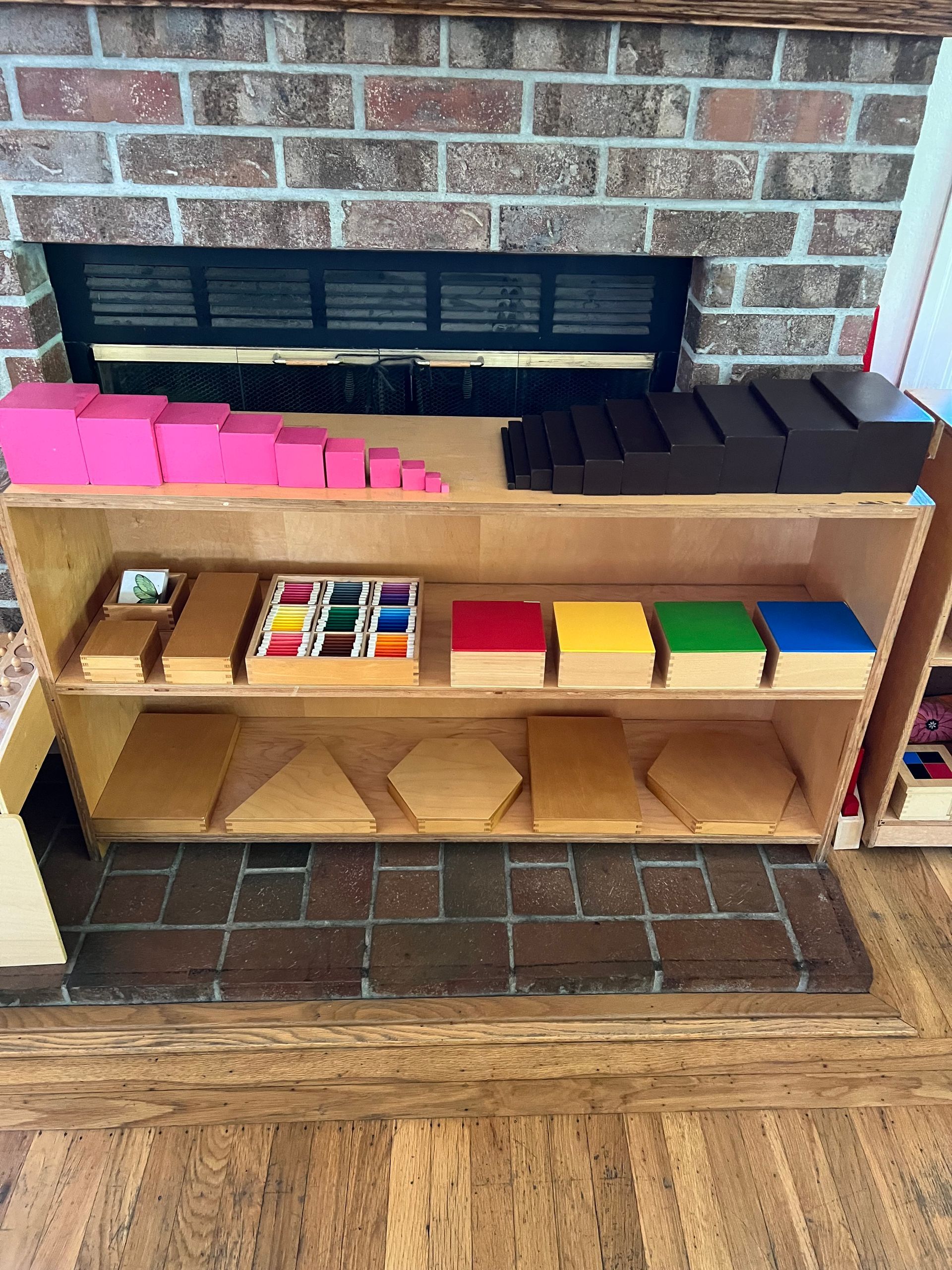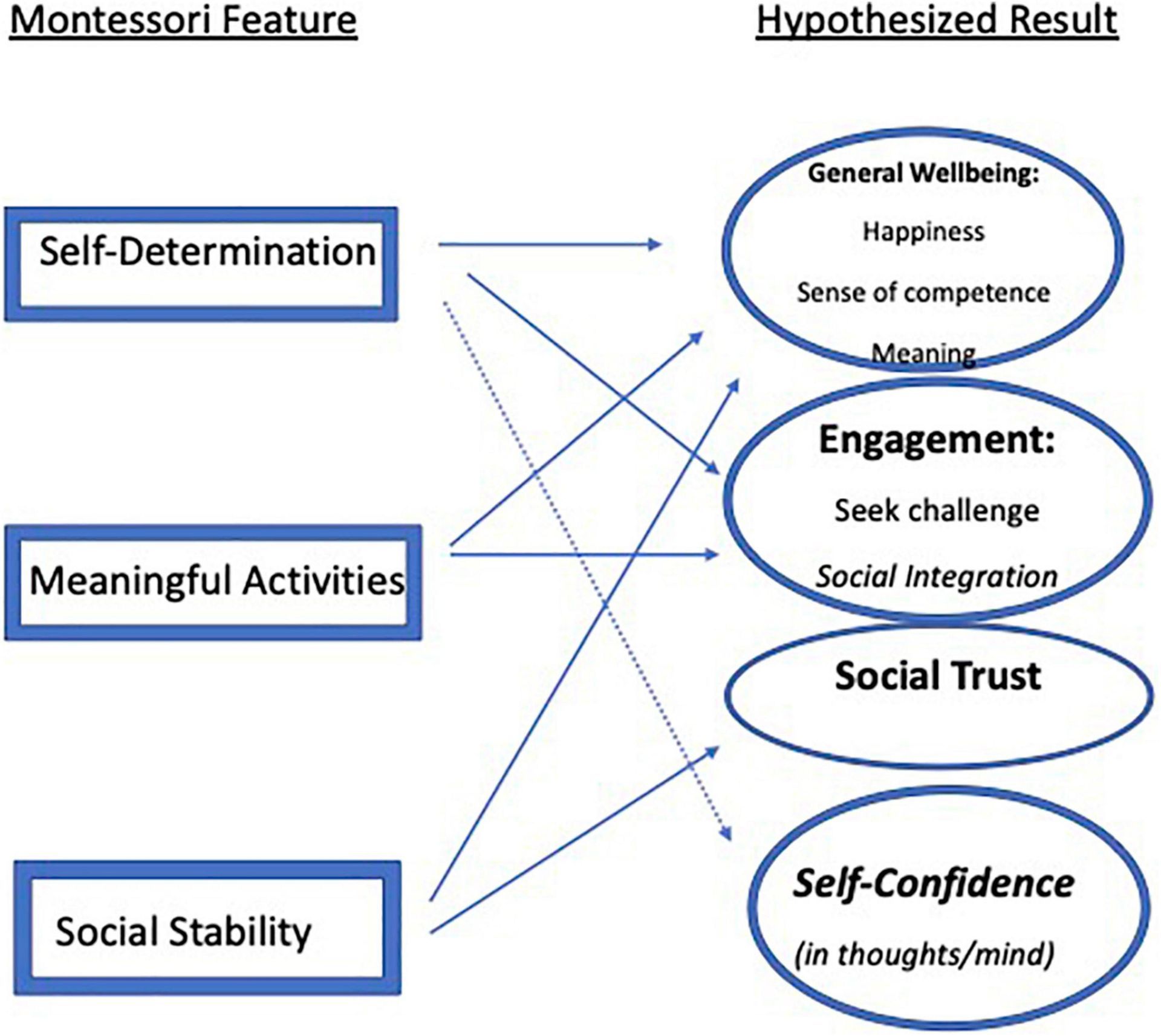
In 1907, Dr. Maria Montessori established the first "Children's House" in Rome, revolutionizing early childhood education. Since then, the Montessori approach has maintained a profound respect for the child’s natural development. Central to this philosophy is the prepared environment for children aged 3-6, and the critical role of the teacher within that environment.
The Physical Environment: Speaking to the Heart of the Child
In the Montessori classroom, everything speaks directly to the child. The environment is meticulously crafted to invite curiosity and independent exploration. It’s irresistibly beautiful, encouraging children to feel that they belong. All the furniture is child-sized, creating a hands-on atmosphere that fosters dignity, reverence, and safety.
The layout and elements of the environment are designed at a child’s level:
- Clean, light, and filled with fresh air
- Movements in the space come with intentional consequences—bumping into a table, dropping a glass vase, or spilling water teaches care and responsibility naturally
- Indoor and outdoor areas blend fluidly, allowing freedom of movement between the two spaces
This structure promotes independence, with each interaction reinforcing the child’s sense of agency.
The Orderly Element: Everything Has a Purpose and Place
In a Montessori classroom, order is not only seen but deeply felt. Materials are organized into specific areas, each following a clear sequence:
- Practical Life: Activities for self-care, care of the environment, grace and courtesy
- Sensorial: Engaging sight, sound, touch, taste, and smell (the foundation of math)
- Language: Learning to read and write
- Mathematics: Engaging with the most abstract concepts
- Cultural Studies: Including botany, zoology, geography, fine arts, music (with bells), science, and global peace education
Shelves are arranged from top to bottom and left to right, creating a flow that encourages independence and concentration. Each child intuitively knows where things are and how to engage with the materials. Other areas like the snack table, reading corners, and outdoor spaces for tasks like washing, planting, and composting, offer opportunities for engagement throughout the day.
The Human Element: The Teacher’s Role in the Montessori Environment
At the heart of the Montessori approach is the role of the teacher, or "guide." This role is far from traditional, as the teacher’s primary task is to prepare and maintain the environment, offering structure and guidance as needed. They ensure that everything is orderly, clean, and set up for independent use by the children.
The teacher is constantly observing, assessing developmental needs, and making adjustments as the children grow. They focus on cultivating concentration and independence, acting as a role model in all aspects, with a quiet passion and sense of conscience. Whether speaking or demonstrating, the teacher acts respectfully, never interrupting a child’s focus or performing tasks the child is capable of completing themselves.
The teacher walks a path of trust with each child, gently guiding them through their individual journeys of self-discovery and growth.
The Children: Vibrant, Engaged, and Independent
The children in a Montessori environment are dynamic, interested, and fully engaged in their work. They develop a love for learning that lasts a lifetime, forming positive interactions with each other and with their surroundings. Each child is on a journey of self-construction—working to develop an adult who “sees, feels, and acts” with intention and awareness, as Montessori famously described.
The Montessori classroom allows the child to find deep concentration through engagement with materials that interest them. This concentration leads to a transformative experience: the child becomes focused, stable, and joyful in their work.
Four Signs of Natural Development
In a Montessori classroom, there are four natural signs of a child’s development:
- Love of work: Children show enthusiasm and joy in their tasks.
- Concentration: They focus deeply on their work, uninterrupted by external distractions.
- Self-discipline: Children develop the ability to regulate their behavior, working with care and attention.
- Cooperation and joy: They interact positively with others, fostering a joyful, collaborative environment.
The most significant sign, however, is the joyful work. It’s a reflection of a child learning by interacting with the environment, which includes the teacher as a key part of that world.
Conclusion: A Century of Learning and Growth
Since 1907, the Montessori approach to early childhood education has been centered on respecting the child’s natural path to independence and joy. The prepared environment, with its physical beauty, order, and intentionality, provides the ideal setting for self-directed learning. The teacher, quietly guiding and observing, supports each child’s journey towards concentration, self-discipline, and a lifelong love of learning. In this harmonious balance, children truly thrive—building the foundation for an adult who sees, feels, and acts with intention in the world.


